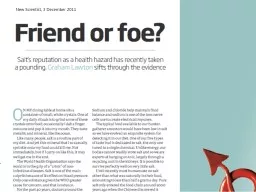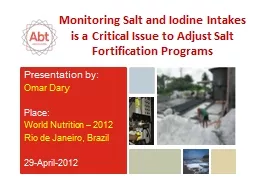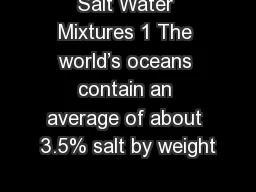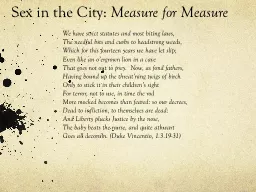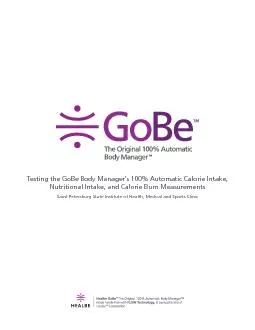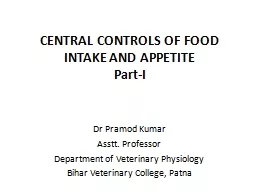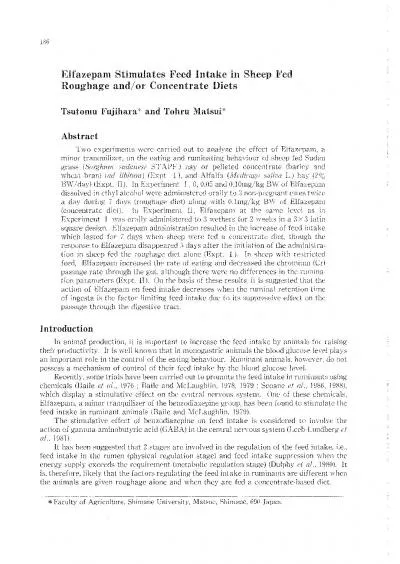PPT-Methods to measure salt intake at
Author : tawny-fly | Published Date : 2018-01-11
individual level gold standard proxy and calibration needs Francesco P Cappuccio MD MSc DSc FRCP FFPH FBHS FAHA Professor of Cardiovascular Medicine amp Epidemiology
Presentation Embed Code
Download Presentation
Download Presentation The PPT/PDF document "Methods to measure salt intake at" is the property of its rightful owner. Permission is granted to download and print the materials on this website for personal, non-commercial use only, and to display it on your personal computer provided you do not modify the materials and that you retain all copyright notices contained in the materials. By downloading content from our website, you accept the terms of this agreement.
Methods to measure salt intake at: Transcript
Download Rules Of Document
"Methods to measure salt intake at"The content belongs to its owner. You may download and print it for personal use, without modification, and keep all copyright notices. By downloading, you agree to these terms.
Related Documents

